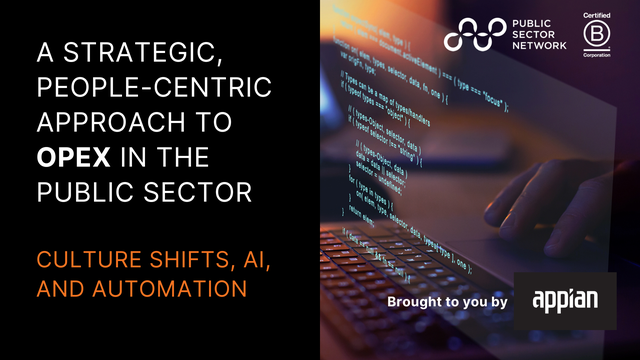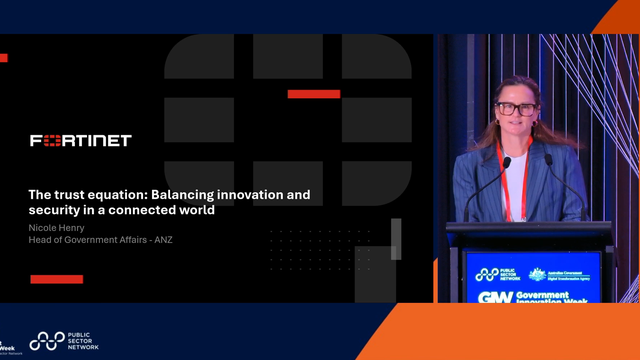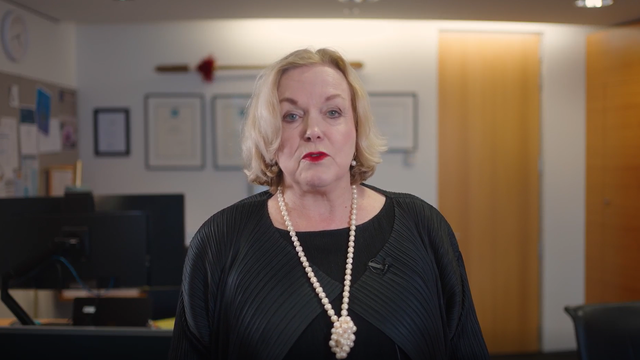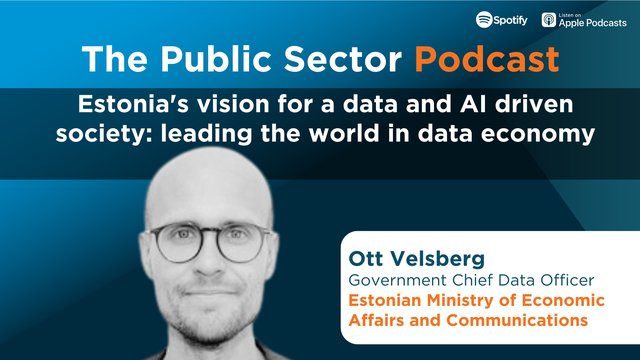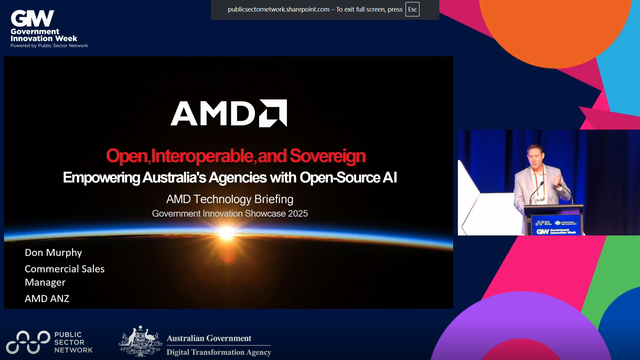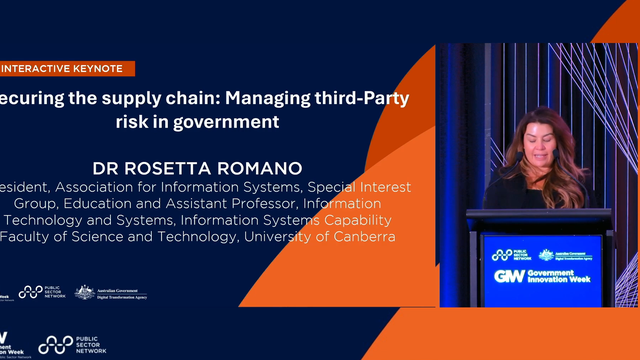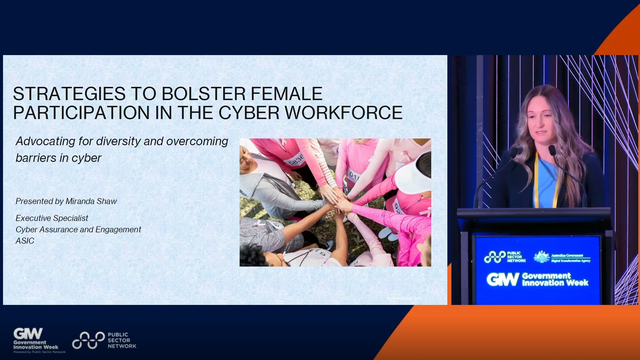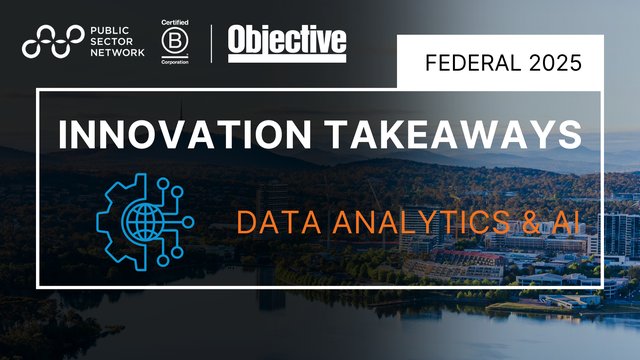
Improving Public Sector Impact: Delivering meaningful outcomes with limited resources
The public sector is a unique environment – improving service delivery is challenging but can be achieved with low capital and low complexity solutions.
The public sector is a unique environment. Agencies are held accountable by legislation to provide certain levels of service delivery.
Public sector organisations face specific challenges that impact service delivery. Challenges include limited resources and organisational disruption stemming from machinery of government changes, organisational changes or shifts in legislative responsibilities.
How can public sector leaders improve service effectiveness and deliver meaningful impact in the face of limited resources?
Service delivery innovation is possible. Leaders should consider strategic and innovative approaches to delivering more with less and think about how they can build an ongoing “organisational muscle” around doing this well.
Our focus is on low-capital and low-complexity solutions for implementing improved service delivery. By embedding a culture of continuous improvement, public sector leaders can innovate without over-reliance on external resources or large-scale digital transformation.
This article contains case studies of public sector innovation that have not relied on large-scale digital or organisational transformation.
- Application processing with Robotic Process Automation resulting in 98% efficiency gains (UK)
- Social work case management reimagined using Artificial Intelligence (UK)
- Innovative mental health care, co-designed by people with lived experience (Aus)
- WhatsApp is used by the public sector to improve communication with diverse communities (Aus)
We hope these examples can inspire you to innovate and deliver meaningful outcomes with limited resources.
Case study 1: Application processing with RPA resulting in 98% efficiency gains (UK)
Automating repetitive manual processes using basic process improvement approaches and low-cost technology can generate significant efficiency gains.
Economic disruption caused a 2,000% increase in demand for free school lunches
With the emergence of COVID-19, many families were forced into the benefits system leading to a large increase in demand for Free School Meals, a welfare program for children.
The program was administered by local councils in the UK and the process was largely manual. The 2,000% y-o-y growth in applications for the service overwhelmed many councils, leading to delays and poor outcomes for vulnerable children and families.
Robotic Process Automation was rolled out to improve processing speed
Swindon Borough Council rolled out a Robotic Process Automation (RPA) trial to evaluate its potential to automate repetitive manual administration of Free School Meal applications.
This required the Council to integrate existing back-office systems, which enabled instant 24/7 processing of data between the Council’s existing systems and those at the Department of Education.
The automated service enabled carers to complete an online form request and have the application automatically assessed.
Benefits
Swindon Borough Council reported the following benefits:
- 98% efficiency gain in processing times leading to a reduction in wait times for families
- 66% reduction in application turnaround times
- Reduction in data error
- Increased safeguarding of sensitive information
The RPA approach has since been rolled out to additional Council services. 
Case study 2: Social work case management reimagined using Artificial Intelligence (UK)
Improved knowledge management processes in combination with AI technology can vastly increase the time dedicated to service delivery.
80% of social workers’ time was being consumed by manual case management
The North Yorkshire Council found that only about 20% of its social workers’ time was being spent with vulnerable children, young people and their families. The remaining 80% of the time was spent on case management administration which is manual, time-consuming and inefficient.
The Council wanted to improve its case management processes to deliver improved outcomes for children and their families.
A data and AI solution was launched to transform case management
The Council connected and transferred data sources to an Azure environment, enabling social workers to quickly search case records.
The tool can review information from many sources (e.g. handwritten notes, images, system details) to enable users to see data in a new way and identify links between cases.
The AI tool auto-generates eco-maps of people and places connected to children which was not possible before. This can enable social workers to identify potentially risky relationships.
Benefits
North Yorkshire Council reported the following benefits:
- Better outcomes for children and families as social workers can identify risks earlier, enabling proactive safeguarding
- Reduced requirement for social workers to engage in administrative tasks, allowing them to spend more time with families
- Proactive flagging of vulnerable children

Case study 3: Innovative mental health care, co-designed by people with lived experience
A co-design process with customers and service providers can deliver an attractive service that meets citizen expectations and ensures stakeholder buy-in.
Latrobe Valley residents are 38% more likely to experience mental health conditions than the rest of Victoria
Mental health services are primarily offered during office hours in Latrobe. However, mental health challenges often present in the evenings or at night when services are unavailable. As a result, people with non-emergency mental health issues often present at hospitals, leading to poor outcomes for the healthcare system and other community stakeholders.
The Latrobe Health Assembly sought an alternative service model that better served the needs of local residents
The Health Assembly executed a comprehensive co-design process that brought together people with lived experience, community stakeholders and service providers. The process resulted in the Mental Health Café that:
- Provides a welcoming space offering face-to-face emotional support out-of-hours and t no cost; and
- Is staffed by peer support workers and mental health professionals
The Café launched in January 2023.
Outcome
The Mental Health Café is a 2-year trial and will be evaluated using a co-designed Outcomes Framework, which combines impact measurements, concepts of well-being and public value.
A cost-benefit analysis will inform funding into the future.
Case study 4: WhatsApp used to improve communication with diverse communities
Successfully engaging diverse communities requires effective channels and communications that are culturally, ethnically and linguistically appropriate.
More than a quarter of Victorians have a limited or poor grasp of English, making it difficult for the public sector to effectively communicate with them.
This became particularly challenging during the COVID-19 pandemic, when rolling out an effective response depended, in large part, on the ability of government to reach and engage effectively with all citizens.
The Department of Families, Fairness and Housing played a key role in implementing COVID-19 measures across Victoria, so it needed to develop an approach to communicate effectively with culturally and linguistically diverse groups in culturally, ethnically and linguistically appropriate ways.
The Department partnered with community groups and local councils to roll out effective communication
One important strategy was to set up a WhatsApp Community Leaders Group with 150 members of Victoria’s diverse community leaders.
These community leaders were then relied upon to sense check material, and subsequently to disseminate material in community forums, such as the commonly used WhatsApp and Facebook groups.
Benefits
The following benefits have been reported:
- Significant improvement in the Department’s communication with diverse communities
- WhatsApp groups remain a useful resource to promote government initiatives, respond to emergencies, such as the October 2022 floods, and provide community intelligence

A “lean” approach for consideration
A greater focus on leveraging internal skills and assets may help drive at least part of the solution
These case studies demonstrate that innovation can come from a range of sources – but how do you get started? Below we have summarised a few things that organisations might consider doing differently to drive innovation around service delivery with limited resources.
Identify improvement opportunities - & understand internal capabilities
- Identify improvement opportunities and understand what is the highest priority. Identify what can be achieved in the short (and long) term and allocate scarce resources accordingly.
- Complete a “clear-sighted” review of the strengths and capabilities of existing people, processes and technology that can deliver improvements.
Leverage existing skills
- Can you engage your teams and help them understand what needs to be done before rushing to engage external support?
- Consider building out existing teams to fill gaps; build organisational muscle and a culture of continuous improvement.
Consider existing tech solutions
- Tech options range from off-the-shelf platforms to “big-iron” solutions. Implementation can be complex, time-consuming and expensive.
- Enhancing existing systems and using commonly available software to build tools/solutions may offer a streamlined pathway to build continuous improvement processes.
Keep the response simple
- There may be a pathway to design and deliver a “minimum viable solution” that ensures improved service delivery without significant disruption or the need for major investment.
- Think about creating a repeatable process to enable continuous improvement.
Published by
About our partner

Strategic Project Partners
Strategic Project Partners (SPP) is a high-impact, 100% Australian owned SME advisory firm. We have been in business for 20 years and are committed to enabling positive sustainable change in our community.Our team of around 50 people work collaboratively with public sector agencies to solve complex strategic and operational challenges. In doing so, we hold ourselves to the highest level of professional and personal standards.We bring technical expertise across a range of topics and project challenges, for example:Digital service transformation including the development of new policy proposals, ex-ante cost benefit analysis, operating model work, program reviews, and funding reviewsCritical infrastructure business cases on IT / digital and capital works projects including health and economic infrastructureEconomic development and trade strategy including the development of investment programs, investment strategy, and go-to-market approachesProductivity programs including training and team development, portfolio assessment, financial modelling and project managementOrganisational re-design including strategy refresh, activity analysis, org design options and selection, and detailed designOperating model development including design work across people, process, business model and platformImportantly, our values of ‘Rigour, Caring, Curiosity and Team Play’ are integral to how we work with our clients.
Learn more
